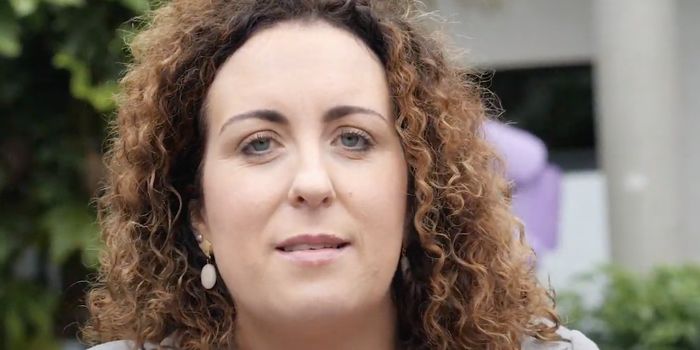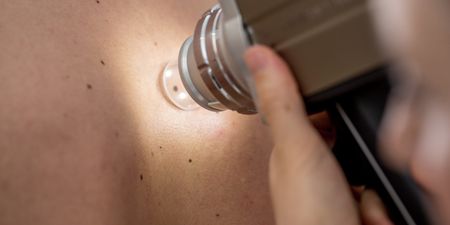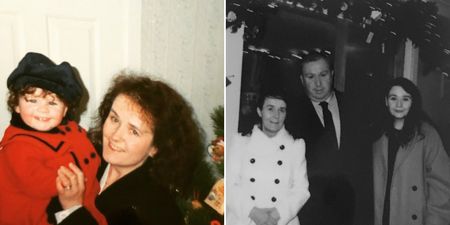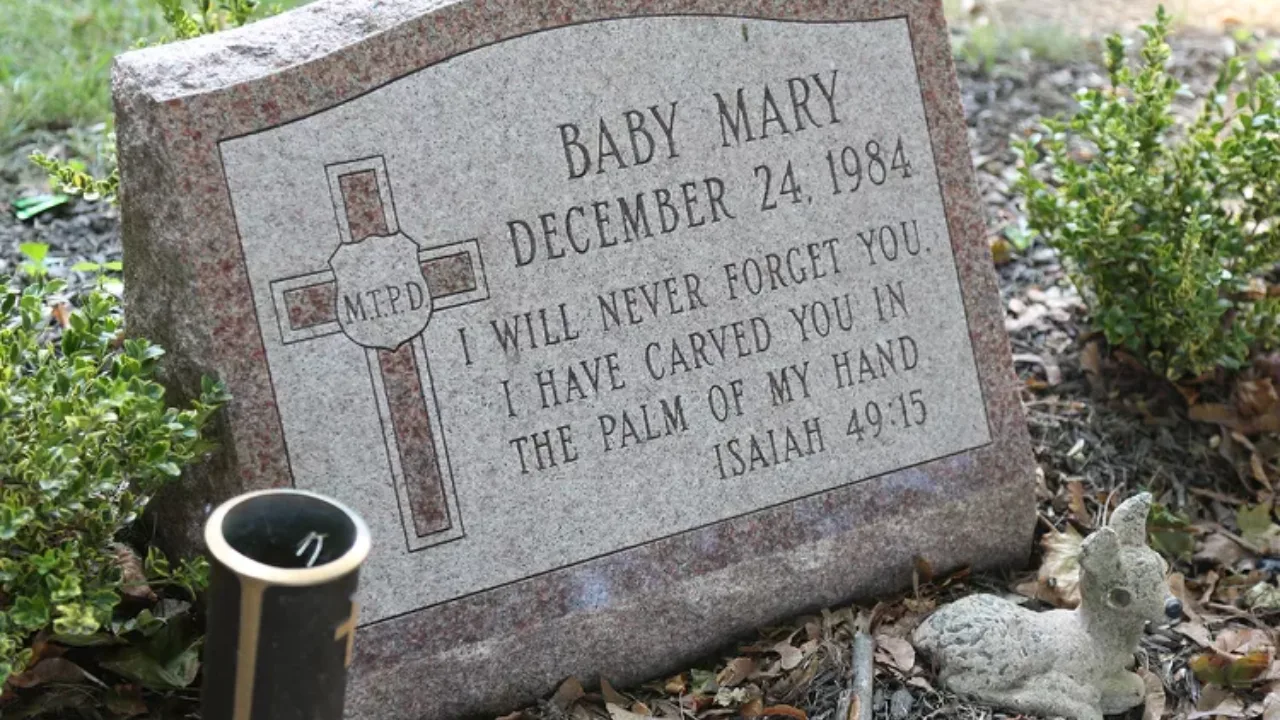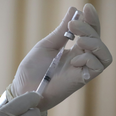“There were no huge warnings…”
When Molly McGahon returned home from school complaining of an ache in her back, her mother Audrey didn’t think that it would be Sepsis.
In pain, drowsy, and with a high temperature, Audrey took her 12-year-old daughter to the local GP. But with Molly’s symptoms worsening, she later decided to take her to the Emergency Department.
It was there that the 12-year-old was diagnosed with Septic shock.
“She’d gone into renal failure,” said Audrey. “All her organs basically were being attacked at the same time.”
Molly was transferred to Temple Street Children’s Hospital. There, Audrey was told by doctors to prepare for the worst.
“We were told to prepare ourselves, that she didn’t have long,” she says. “So every minute, every beep from every machine seemed like a lifetime and that’s how the first four to five days went.”
Molly was intubated for 21 days. She survived Sepsis but now lives with a chronic lung condition and uses a wheelchair.

“Because her body was in Septic shock, her muscles went into spasm, and then her muscles all broke down,” says Audrey. “She has 16 pins in each leg, and bandages have to be changed every day.
“There’ll be intensive rehab for the foreseeable. Our message to families, parents, children out there, just don’t take any chances. There were no huge warnings so just don’t wait.”
To mark this year’s World Sepsis Day (September 13), the HSE is urging the public to be Sepsis aware, and consider the infection a possibility when a loved one is sick.
Sepsis can be difficult to diagnose, but it can affect anybody. Those who have underlying medical conditions or a poor immune system are more susceptible to the infection, but if the illness is recognised early, it could be the difference between life and death.
The most effective way to reduce death from sepsis is by prevention, says Dr Martina Healy, National Clinical Lead, HSE Sepsis Programme.
This can be achieved by good sanitation, personal hygiene, eating healthily, exercising moderately, breastfeeding, avoiding unnecessary antibiotics and vaccinating against vaccine-preventable infections.
“The next most effective way is early recognition and treatment,” says Dr Healy. “This is not simple.
“Sepsis evolves over time and the pace of its development depends on the patient’s general health status, their genetic response to infection and the characteristics of the infection.
“Thus, the patient’s characteristics (age, existing medical conditions, medications) represent only one aspect of the pattern. The body’s response and the causing bug also play a part on the clinical course of the illness.”

The most common signs of Sepsis include:
- Slurred speech, confusion or excessive drowsiness
- Excessive sleepiness or drowsiness, confusion
- Pain or discomfort in the muscles or joints, passing very little or no urine
- Severe breathlessness, a racing heart, shivering, fever, feeling very cold
- “I feel like I’m going to die”
- Skin changes like pale, cold, discoloured skin or a rash that won’t fade when pressed on
While Sepsis can affected any person of any age, it is more common in the elderly and very young children.
The infection was linked to 11 million deaths globally in 2017, with mortality rates continuing to grow here in Ireland.
Research published in the Lancet shows that children under the age of five are particularly at risk of Sepsis. Although developing countries tend to report more cases, children everywhere remain at a higher risk of the life threatening infection.
In children, the signs to look out for include:
- Abnormally cold to the touch
- Looks mottled, bluish or pale
- Breathing very fast
- Unusually sleepy and difficult to wake
- Rash that does not fade when you press it
- Fits or convulsions
Other symptoms in children under five include:
- Not feeding
- Vomiting repeatedly
- Has not had a wet nappy in 12 hours
You can find out more about Sepsis here.
